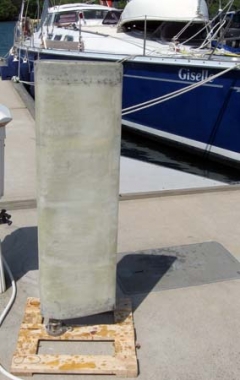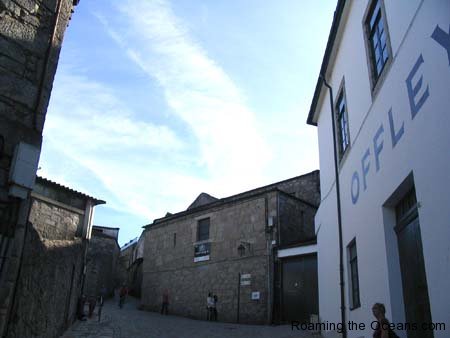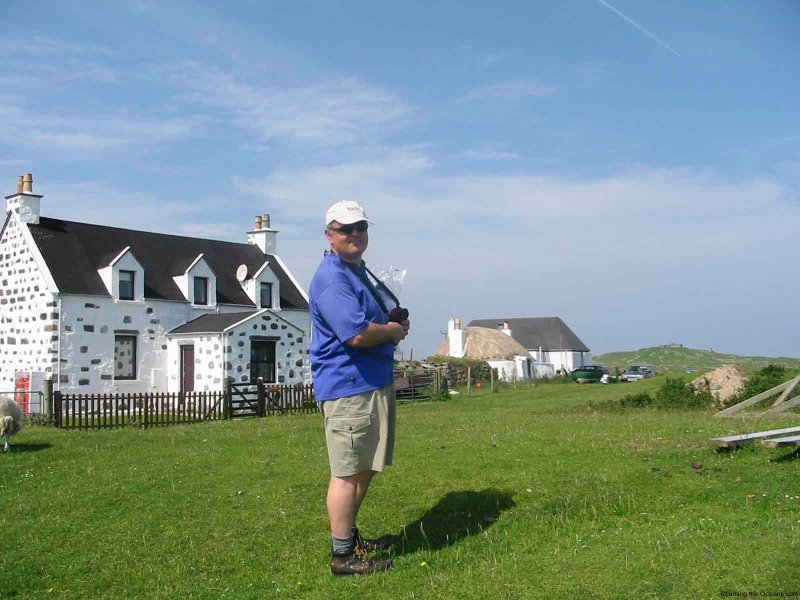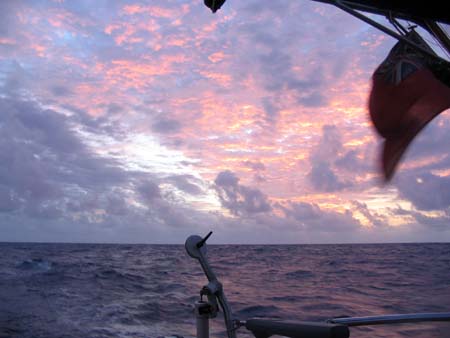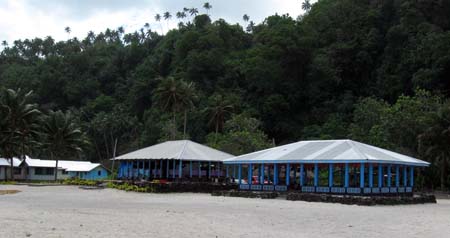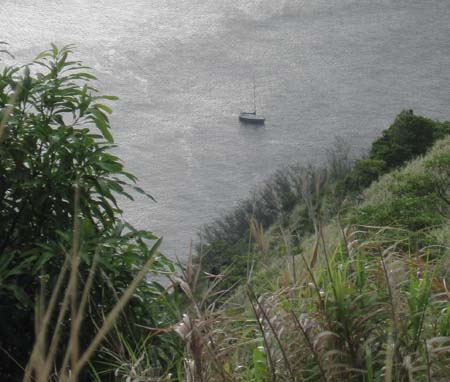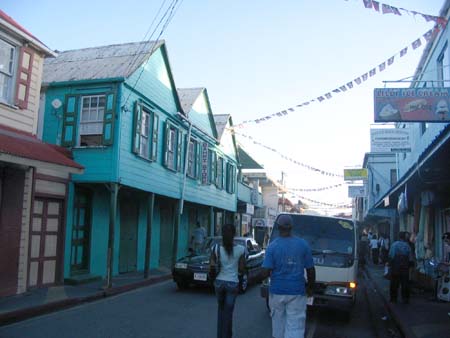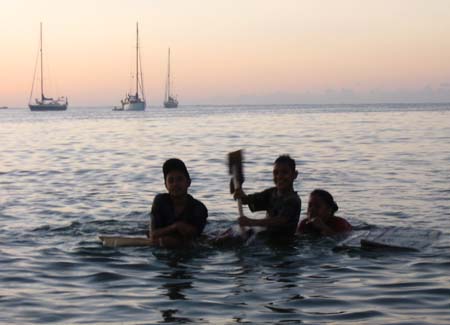We have been steered by the windpilot with the new rudder for over a 1000 miles and when removed in Galapagos it looked good. So I think we can claim some success for the new rudder we made while in Shelter Bay, Panama. It was surprising quite how many people contributed to getting the final rudder the way it was.
1. Peter Forthmann at Windpilot had worked out a way forward and a delivery before we had reached port. He has moved forward the design and the new design rudder doesn’t fit my old style pivot and drive. So it was easy and quick but was an expensive solution as we would be buying most of a new unit.
2. Panama Connection Net on the SSB radio. 8107 at 08:30. The net gave the contacts for the welding.
3. JB on Philani heard our request on the net. He was in the same anchorage so came across to Giselle to give us the benefit of his contacts in Shelter Bay after and his experiences of making rudders. This moved the design to a foam core and gave us the contact with Ernesto Ryce (+507 433 0433 or +507 6429 4288). I was able to draw up a pretty good draft drawing from his suggestions.
4. Peter Forthman at Windpilot was happy to correct the dimensions and give alternatives to the original shaft material.
5. Trevor Hesketh, Technical Director at Strata Technology in Sunbury just west of London gave me welding details. Trevor designed several complex reactors for the research projects I was associated with during my time at BP Chemicals.
6. Ernesto Ryce was able to get the metal tube and the banding material. I tried all the metal stockists but failed to locate anything remotely suitable for the shaft. He made an excellent job of welding up the structure. He added plug welds which should ensure no repeat of the previous weld failure. Try him first if you ever need Stainless structures in Panama.
7. Sam on Senor Kon Tiki who said that my original foam made from DIY canisters looked OK but his body language was I was doomed to failure unless I got better foam. He also felt it was critical to have a solid epoxy/glass contact between the metal and the skin not just foam. I followed his advice in both points.
8. Abernathys in Panama city who put me onto Fibropinturas, Rio Abajo, Calle 5ta, Panama City www.fibropinturas.com. for the foam. Shelter Bay marina supplied the epoxy resin (Actually came from Fibropinturas)
9. Tom on Papillon who came across and gave us lots of encouragement. His tips on good epoxy glass techniques were important as well
10. Internet for the formula to create the best shape http://www.my-town.com/sailing/foils/rudder.htm. Not sure what NACA stands for but several sailors recognised it as the standard formula for rudders, keels and model aircraft wings. I used NACA 0020 in the end. The position across the section, x, is entered as a fraction of 1. y is the height of the profile at x and is converted into mm etc with the same scaling factor as used for x. In my case the width of the rudder was 340 mm and I multiplied both the x fractions and the y form the formula by 340 to get the coordinates for the full scale drawing of the curve. I transferred these to a plywood template.
+/-y=(t/0.2)(0.2969SQRT(x)-0.126x-0.3516x^2+0.2843x^3-0.1015x^4)
The cross sectional profile should be the NACA 0009 for minimum drag although the 0012 and 0015 sections delay stall to higher angles of attack without increasing drag significantly.
11. To stop water getting into the foam I used Sikaflex DC290 around where the shaft comes out from the rudder. This has worked so far.

